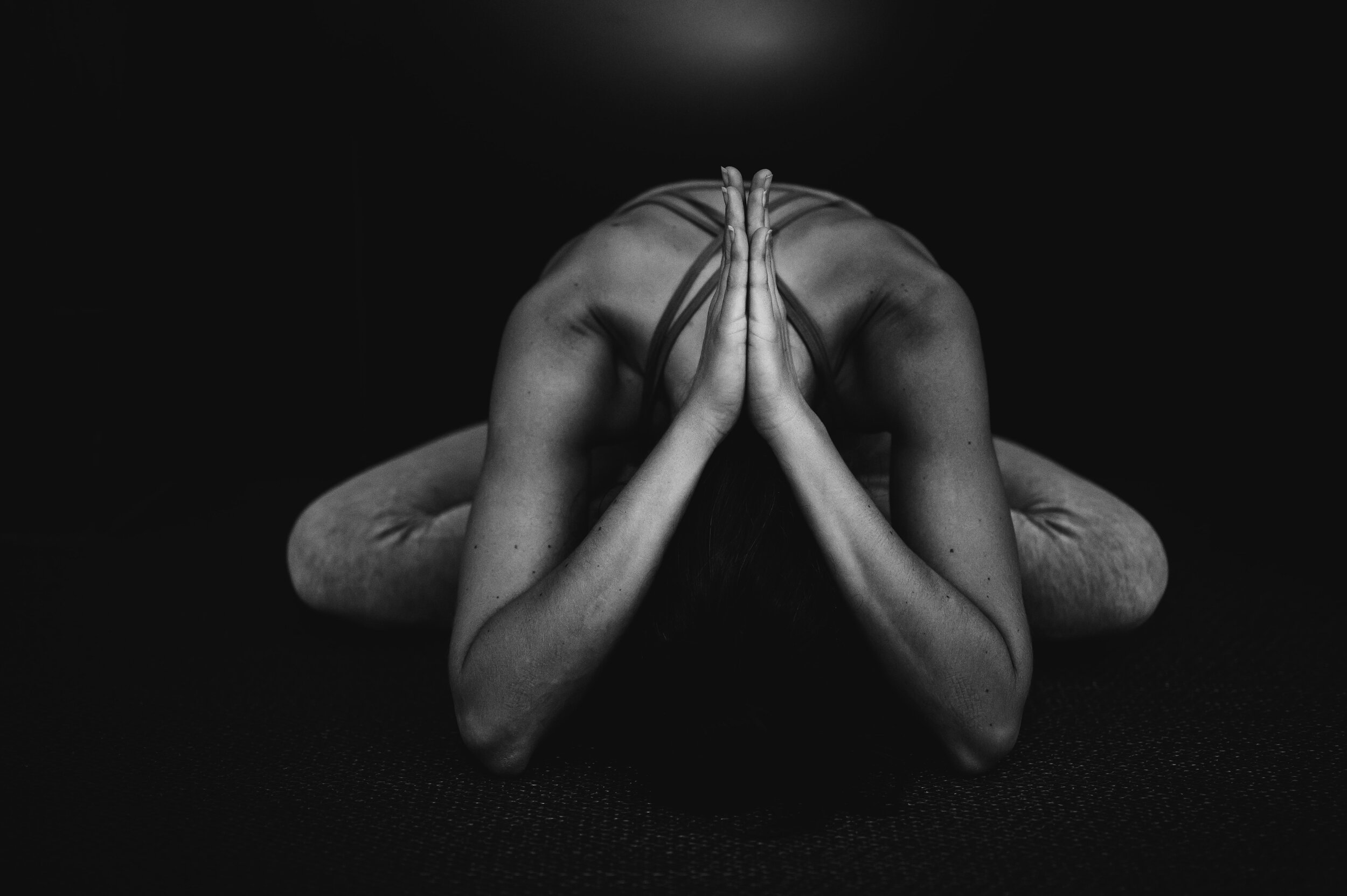Moving with Your Flow
The female body runs in a 28 day cycle which comes with fluctuations in hormones and energy levels aka, we are not made to go hard every day ! Exercising in rhythm with your cycle can help keep your energy and weight balanced, as well as minimising cortisol which can lead to long term fatigue and inflammation ( hello headaches & low mood !)
Like intermittent fasting, exercise studies are performed often on men or post menopausal women, which is not applicable to the biochemistry and metabolism of a menstruating woman. While physical activity is so important for our mental health as well as minimising risk of cardiovascular disease, managing insulin resistance, osteoporosis and more , there is evidence that large amounts of high intensity exercise is associated with menstrual dysfunction including subfertility, amenorrhea, anovulation and more by suppressing our LH and FSH secretion. ( essential hormones for our cycles!)
In the first half of our cycles , the follicular phase, we burn more fat and gain lean muscle, while the second half of our cycle our metabolism speeds up ,however, in this phase high intensity exercise can pump out excess cortisol leading to not only stress but fat storage and muscle wasting. Estrogen, testosterone and blood sugar levels drop, so we may also find that a high intensity workout will feel a lot harder on our bodies than it may have a week or two ago. PLUS it may also make PMS worse by increasing that cortisol ( our stress hormone), increasing the risk of hormone imbalance or adrenal fatigue.
Amidst diet culture and the ‘go hard or go home” mindset of society, it can be really hard to try and take it back a notch, but becoming in tune with your body and being able to listen to what movement it is craving will work you wonders long term for your mood, emotions and physiologically. Irregular periods and hormonal imbalances are common in females who smash themselves in the gym which can result in long term chronic fatigue and potential infertility. There is something beautiful and powerful about tuning into your body and moving in a way that is nurturing and nourishing towards yourself.
So When Do I Do What ?
Follicular Phase : This is just after your bleed has finished. Your energy should be firing so this is a great time for cardio like running and spinning.
Ovulatory Phase: Estrogen and testosterone are high so you have lots of energy , a fun time to try a new HIIT or boxing workout
Luteal Phase : energy is there but starting to decrease and progesterone is coming in . In the second half of this phase oestrogen and testosterone start to drop so go for some strength training at the beginning and move into something like pilates or barre.
Menstrual Phase : hormone levels are at their lowest and so is your energy. Respect something gentle and restorative like long walks with friends, yoga and pilates. For period pain, some gentle movement can also be really helpful to relieve it.
During your next cycle, use your diary or your phone notes to keep track of how you feel at each stage of your cycle. Do you feel depleted or energised after a workout ? See if you can shift your intensity of your exercise with the phases of your cycle and note the differences in your energy, sleep and mood.
If you are feeling depleted or exhausted around your cycle take the time for some self care including a warm bath, a meditation, putting your phone away and having an early night, cooking yourself nourishing meals and spending time with friends. You may want to chat to a nutritionist or naturopath about checking your hormone levels and possibly supplementing with magnesium and zinc as well if your PMS symptoms are disrupting your day to day activities !
If you want to know more I highly recommend the book In the Flow by Alisa Vitti x

